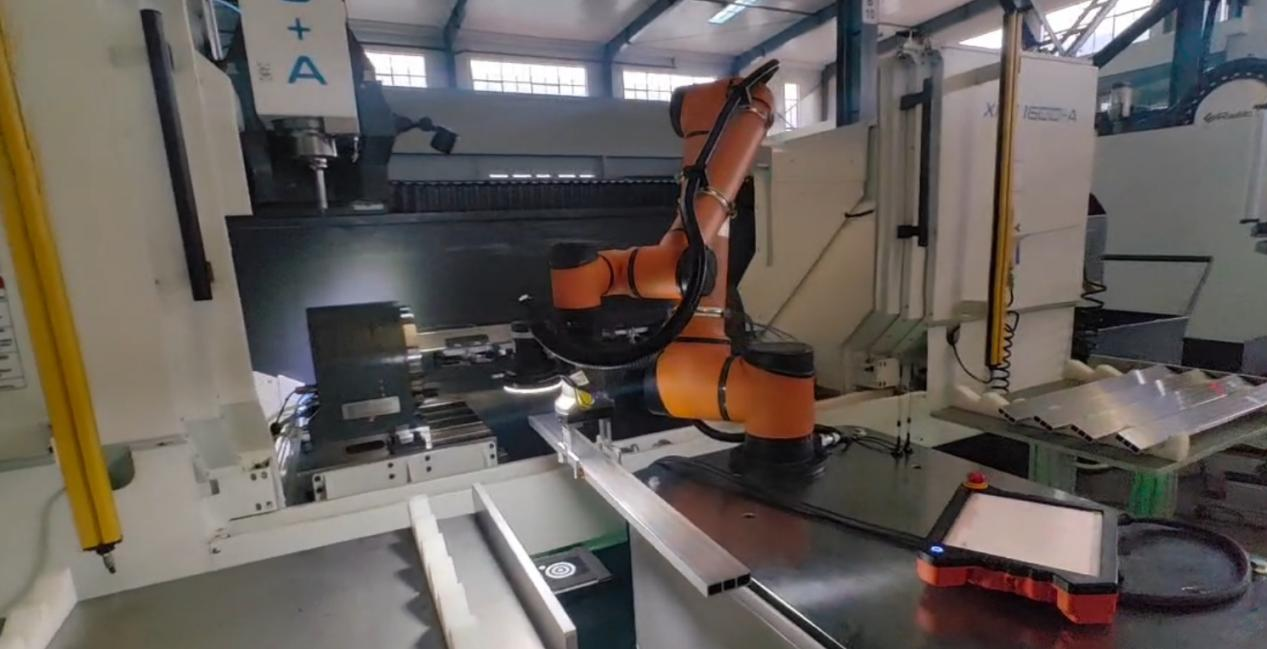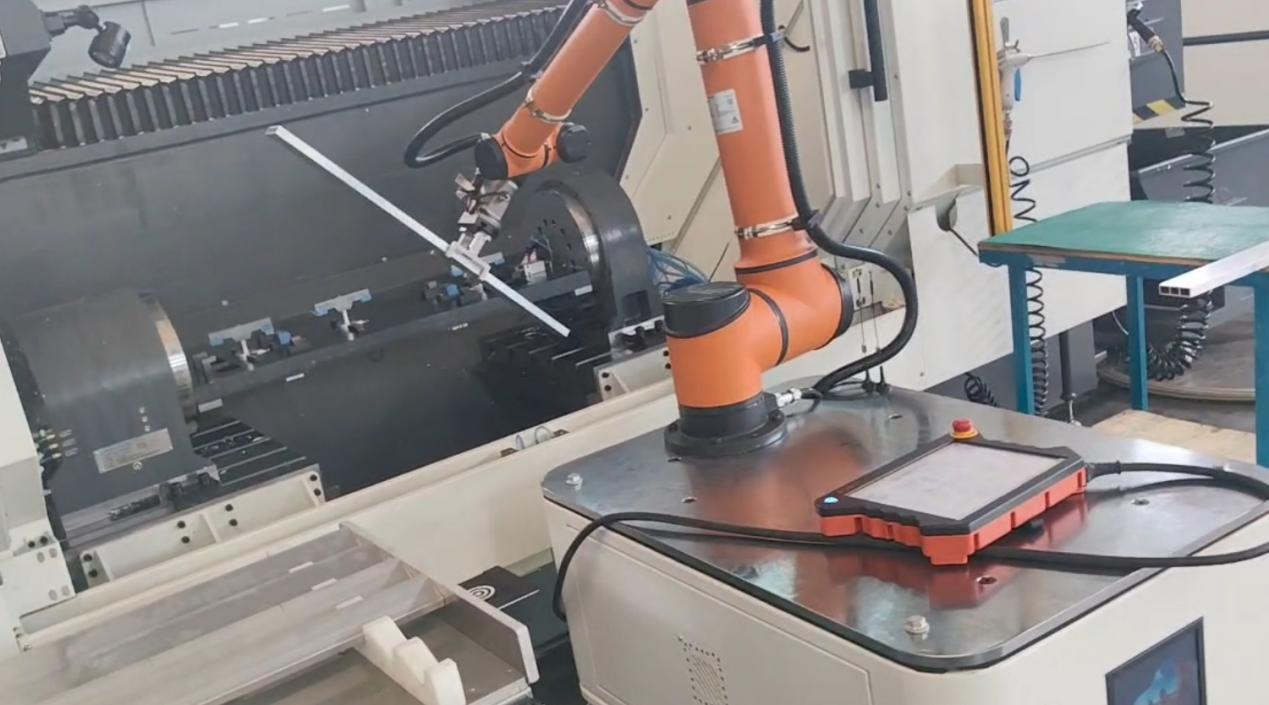QR Code

About Us
Products
Contact Us

Phone

E-mail

In today's manufacturing industry, the improvement of automation level has become the key to enterprise competitiveness. We are well aware of the importance of choosing the appropriate CNC loading and unloading solution for enterprises. Here are some practical guidelines we provide to our clients to help them make informed decisions during the selection process.

1. Understand production requirements
Firstly, enterprises need to clarify their production needs. This includes:
Production scale: Determine the number of workpieces you need to process and the production frequency. Large scale production requires efficient and automated loading and unloading systems, while small batch production may lean towards flexibility.
Workpiece characteristics: Evaluate the size, weight, and material of the workpiece. This will directly affect the required types and technical parameters of loading and unloading equipment.
2. Compatibility and Integration
It is crucial to ensure compatibility with existing CNC equipment when selecting a loading and unloading system. We recommend that customers prioritize solutions that can seamlessly integrate with existing machines and control systems to avoid unnecessary technical barriers and additional costs.

3. Degree of automation
Choose the appropriate level of automation based on production needs:
Fully automated system: suitable for high-yield, unmanned operation needs, although the initial investment is high, the long-term benefits are significant.
Semi automated system: combining manual and machine labor to improve flexibility and be suitable for diversified product lines.
Manual system: suitable for production lines with low output or special needs, but with relatively low efficiency and accuracy.
4. Cost benefit analysis
In terms of budget, enterprises should consider initial investment, operating costs, and potential returns. We suggest conducting a comprehensive cost-benefit analysis to ensure that the selected system can meet the needs while also bringing long-term economic returns to the enterprise.
5. System flexibility and scalability
The market demand changes rapidly, and choosing flexible and scalable loading and unloading solutions can easily adapt to new demands in future production processes. Prioritize systems that can be adjusted and expanded according to production conditions to ensure that enterprises can quickly respond to market changes.
6. Technical support and services provided by suppliers
Choosing a reliable supplier is very important. Ensure that suppliers can provide technical support, maintenance services, and training to help businesses smoothly implement and use CNC loading and unloading systems. Good after-sales service can greatly improve the stability and production efficiency of the system.
7. User feedback and industry cases
User feedback and industry cases are factors that cannot be ignored in the selection process. By studying the experiences and lessons learned from implementing CNC loading and unloading systems in other enterprises, valuable reference can be provided for your decision-making.
8. Security
Finally, the security of the system cannot be ignored. Ensure that the selected CNC loading and unloading solution complies with industry safety standards and is equipped with necessary safety protection measures to ensure the safety of operators and the normal operation of equipment.
Choosing the appropriate CNC loading and unloading solution is the key to improving manufacturing efficiency and reducing production costs.By comprehensively considering multiple factors such as production requirements, compatibility, automation level, cost-effectiveness, system flexibility, supplier support, user feedback, and security.Through these guidance, enterprises can find the most suitable loading and unloading solutions for themselves, promote production automation, and achieve higher operational e




Copyright © 2024 Guangzhou Fuwei Electronic Technology Co., Ltd. All Rights Reserved.
Links | Sitemap | RSS | XML | Privacy Policy |

